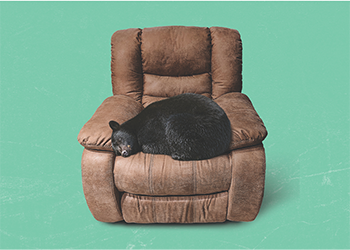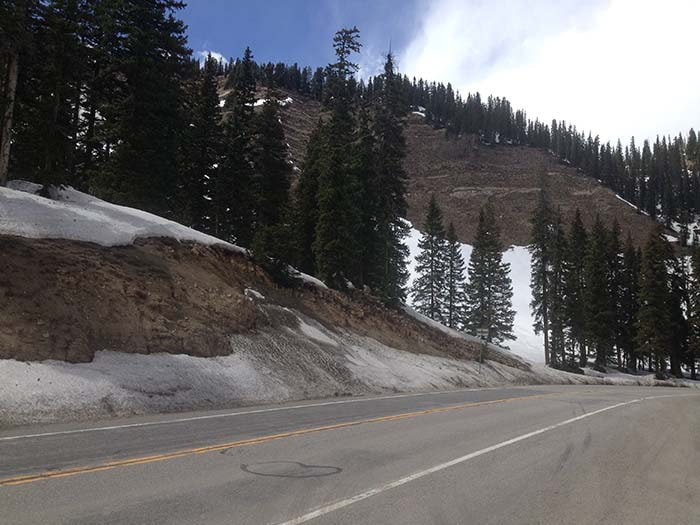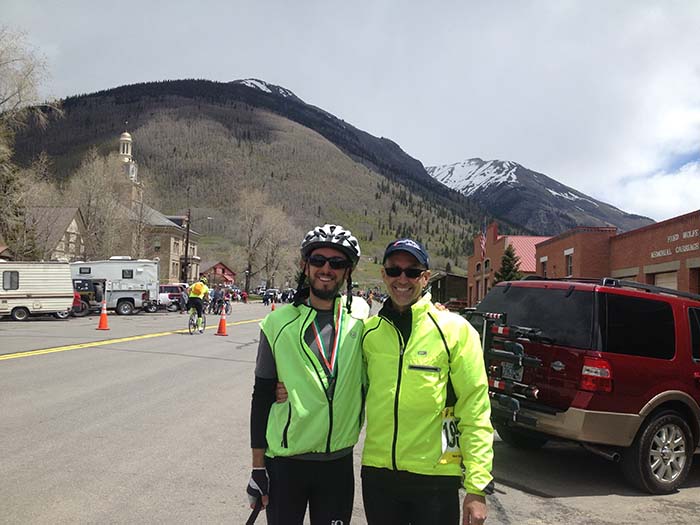|
Get yer early bird specials on Kickstarter. By Zach Hively Writing a book is supposed to be a crowning achievement in a writer’s life. One must spend years, sometimes entire months, in deep contemplation, self-reflection, and total isolation in order to tease out the meaningful contributions to one’s life that brought one to the brink of a lifetime of royalty checks. Then, one must actually write the book. But in my experience, the challenge of writing a book is mere marshmallow fluff compared to the heavy lifting of crafting the perfect book announcement. The Book Announcement is where the skillful author introduces the Unifying Themes and Greater Purposes that Oprah will later discuss with him as part of her eventual presidential campaign tour. Within these few words, the author draws out the pending book’s key concepts by using an illustrative metaphor or some other spare literary device, so that future book groups can truncate their discussions and go straight to drinking wine. The trick for the author, of course, is to decide which illustrative metaphor he’s going to use, because he already put most of his good stories inside the book itself and, really, does the world need one more story about me evading encounters with bears? Of course it does! But I don’t want to blow my bear-wad just yet. So instead, I’m writing the Book Announcement about a Life Decision that really fails to put those bear encounters in perspective. It begins, as many stories do, with the words “If my dad can ride his bike over those mountains, then it can’t be that hard.” I had just moved to Durango, Colorado, to live off my leftover student loans. You would not recognize me then. You also would not recognize me now, unless we have met before. But I was a different person before saddling up for the Iron Horse Bicycle Classic eleven years ago. I had long been a dedicated indoorsman. As activities go, a weekly Uno night was more my cup of tea. Hell, cups of tea were my cup of tea. The annual Iron Horse ride covers the fifty-mile stretch of highway between the mining and railroad towns of Durango and Silverton, while scaling a pair of ten-thousand-foot mountain passes and informally racing a steam locomotive. I had mounted a bicycle exactly twice since I was eight years old, and put the bike in actual motion only one of those times. But my dear father had participated in the Iron Horse ride for years, despite being, biologically speaking, old. And if Pops could do it, then so could I. I called him up and shared my resolution. He said, “You’re still young, dude. I think if you really put your mind to it, you can manage it. Definitely. Absolutely. No, really.” He tried to warn me about the little things, though. Things like sitting in the saddle for hours (puh-leeze! I was a veteran sitter) and leaving the house—on my bike!—for actual training rides. And, though it pains me now to admit it, I proved that you can forget how to ride a bicycle. But I had an entry fee and paternal pride on the line. I had to accomplish this feat to disprove all the people who say millennials are lazy, worthless bums destroying America, even though I’m not sure what a millennial is, exactly, or if I am one. Besides, the experience of training for the ride might provide fodder for a future Book Announcement. So by gum, I rode my bike. I rode it even though I was not a genetically-endowed cyclist with sponsored clothing. I rode it even though my blood was not made of energy gel. I rode it even though it meant consuming protein bars with experimental seasonal flavors like “gingerbread” and “adventure.” I still don’t know why so much riding was a key element of an efficient training regimen, exactly, other than it showed Pops that I was serious about this. He couldn’t understand why I had been an English major, but riding a bike, he got. And as we all know, future-President Oprah’s readers are suckers for a good father-son bonding story. As I kept riding, I earned a fresh perspective on my new home from the seat of my thickening bum calluses. Bicycling isn’t really about the chain grease or the space-age food. It’s about communing with our wider environment. It’s about making sure I beat Pops across the finish line. And it’s about finalizing my growth as a human being by the time I was twenty-seven years old. On the day of the Iron Horse, when I careened down the last mountain into Silverton, I emerged from the cocoon of early life and young adulthood into this blazing mega- butterfly you read today. No more youthful insecurities. No more “living and learning” or “emotional development.” If I could conquer mountains, then I was basically an expert on life. I wrote my first installment for what became my Fool’s Gold column in order to commemorate my triumph. I soon branched out from bicycling to tackle the defining topics of our day, topics that required a specialized brand of maturity, insight, and a really poor sense of smell: gender and masculinity in the modern era, family holidays, other people’s dogs, finding friendship as a hermit who dislikes people, and so on and so forth. Then someone had the bright idea to rework those adventures into a book. That someone was me. You can call me Zach Hively, because that is my name. And I’d like to introduce you to my forthcoming book, now up for grabs on Kickstarter: Call Me Zach Hively Because That Is My Name. For all these years, both of you, my darling readers, have had to wait weeks for my next column. Now there is no more waiting. In one extended bathroom visit, you can join me as I open my home to friends, apply to be a festival queen, and travel to St. Louis so you don’t have to. Each of these adventures improved me—enhanced me, even—like a radioactive spider bite. But even conquering mountains on a bicycle that weighs less than a hedonist’s guilt—even delivering a column (on deadline, mind you) for several years—did not quite prepare me for writing this Book Announcement.
No, that took actually sitting down (thanks, bicycle training!) and writing it. I’m happy that I could reward your time and, ideally, the full price you are about to pay with a guiding light by which to understand this book’s Unifying Themes and Greater Purposes. If you figure out what that light is, please let me know, so I can include it in future revised editions. Here are the highlights of the Kickstart campaign that goes live today:
Back Zach on Kickstarter
0 Comments
|
Submit your ideas for local feature articles
Profiles Gardening Recipes Observations Birding Essays Hiking AuthorsYou! Archives
October 2025
Categories
All
|



 RSS Feed
RSS Feed